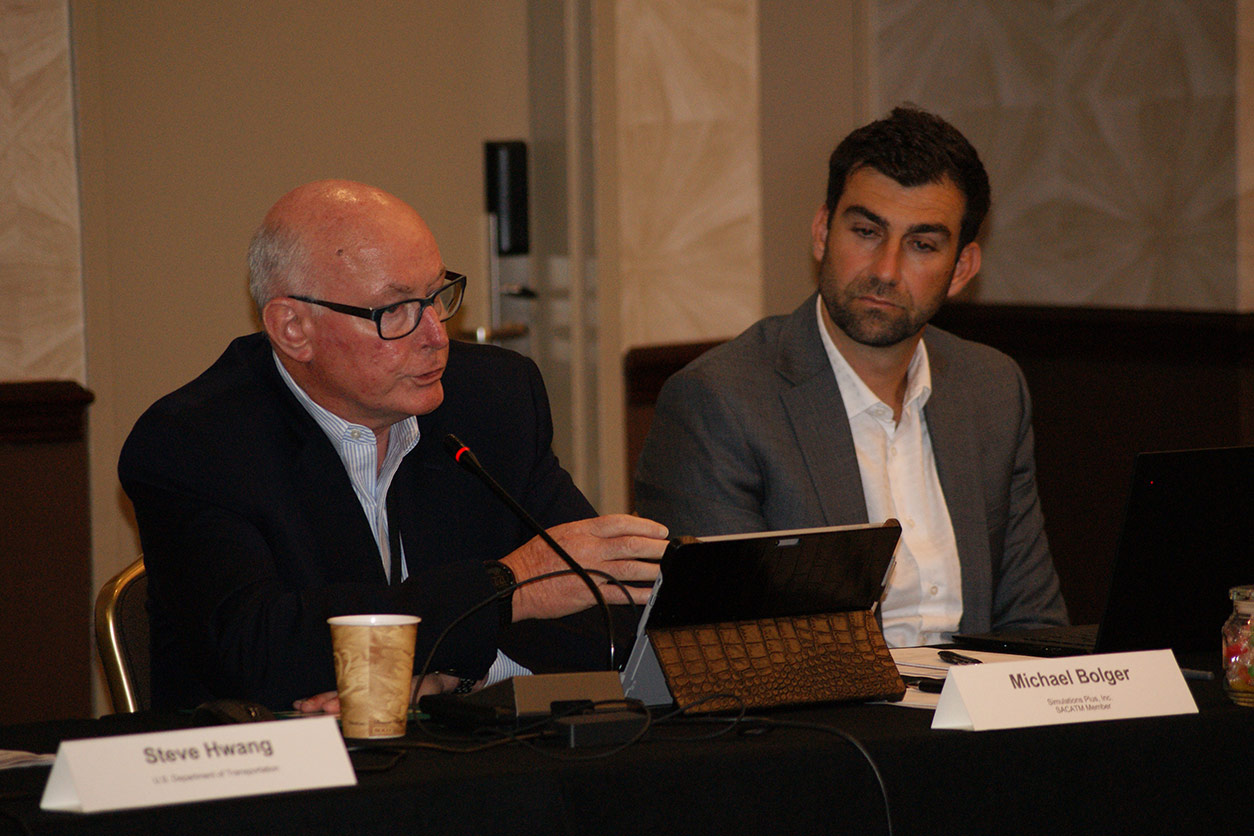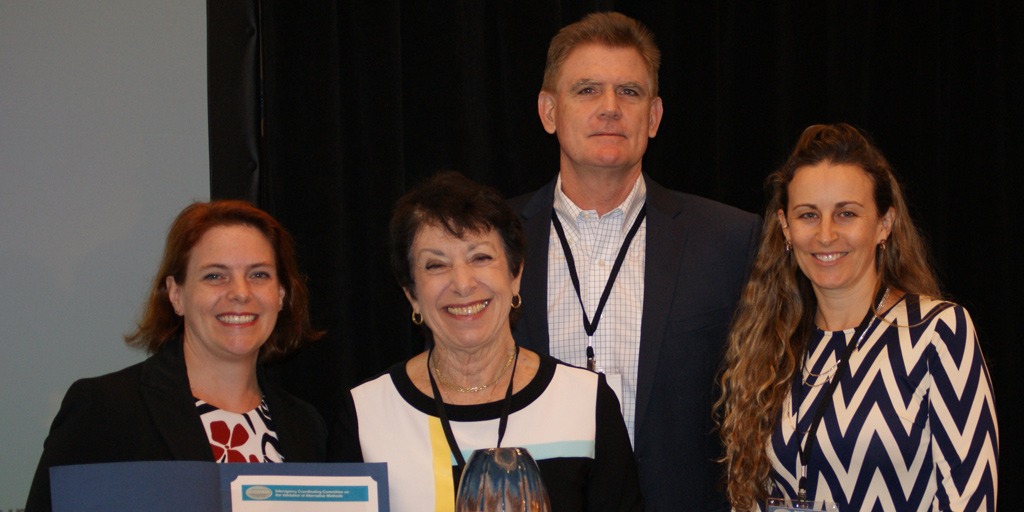At the annual meeting of the Scientific Advisory Committee on Alternative Toxicological Methods (SACATM; see sidebar), committee members enthusiastically supported advances in new nonanimal testing technologies, such as computational tools and microphysiological systems (MPS), also known as tissue chips.
The committee urged regulators to provide clear guidance on how these technologies should be used and what data from them would be accepted. Members also stressed the importance of having high-quality reference data from both human and animal tests to clearly demonstrate the ability of new methods to identify toxic chemicals.
Experts from academia, industry, and animal welfare organizations debated how best to use these new technologies in the Sept. 19-20 meeting. The committee meets annually to advise the Interagency Coordinating Committee on the Validation of Alternative Methods (ICCVAM). The committee is administered by the National Toxicology Program (NTP) Interagency Center for the Evaluation of Alternative Toxicological Methods (NICEATM).
Plan for advancing tissue chips
A session focused on tissue chips featured speakers from the U.S. Food and Drug Administration (FDA) and the National Center for Advancing Translational Sciences and described advances in using the technology in chemical safety testing.
NTP Associate Director Brian Berridge, D.V.M., Ph.D., asked SACATM’s advice on how to move forward with these exciting technologies. “It’s a great opportunity for you, as a scientific advisory group, to challenge us on that excitement, to make sure we’re not misguided by our visions of grandeur in this technology.”
SACATM members responded by highlighting the potential of tissue chips to model toxicity in diverse human populations, resolve disagreements between animal and human data, and provide better testing options for endpoints lacking good animal models.
 Charu Chandrasekara, Ph.D., left, from the Canadian Center for the Validation of Alternative Methods, caught up with Reinke and Berridge. (Photo courtesy of Catherine Sprankle)
Charu Chandrasekara, Ph.D., left, from the Canadian Center for the Validation of Alternative Methods, caught up with Reinke and Berridge. (Photo courtesy of Catherine Sprankle)Technical challenges will include how to scale up MPS so they are at least as efficient as animal tests, and finding reliable sources of cells and tissues. A potentially greater challenge is building the confidence of public and regulators that the information provided by MPS adequately answers safety questions.
“It’s not going to be one MPS fits all, it’s going to be a lot of different ones,” noted SACATM member Joseph Charest, Ph.D., from Charles Stark Draper Laboratory, Inc.
 SACATM member Michael Bolger, Ph.D., left, from Simulations Plus, Inc., asked about models to predict liver toxicity, as SACATM member Hisham Hamadeh, Ph.D., from Genmab US, Inc., listened. (Photo courtesy of Catherine Sprankle)
SACATM member Michael Bolger, Ph.D., left, from Simulations Plus, Inc., asked about models to predict liver toxicity, as SACATM member Hisham Hamadeh, Ph.D., from Genmab US, Inc., listened. (Photo courtesy of Catherine Sprankle)Progress toward roadmap goals
Casey outlined the year’s successes with respect to the Strategic Roadmap for Establishing New Approaches to Evaluate the Safety of Chemicals and Medical Products in the United States. He asked SACATM for ideas on addressing persistent challenges. “We need to be thinking outside the box in terms of both validation and international acceptance,” he explained.
Monique Perron, Sc.D., U.S. Environmental Protection Agency (EPA), described her agency’s collaboration with Syngenta to advance a new testing method for inhalation toxicity. Committee members praised this collaboration and identified it as an example of the kinds of partnerships regulators should be seeking with stakeholders to advance new methods.
“This is such a great example of a company and an agency really taking initiative and proactively working towards a nonanimal approach,” commented SACATM member Amy Clippinger, Ph.D., from the PETA International Science Consortium Ltd.
In further comments, committee members said it was important to communicate successful activities like this study broadly and make them more efficient.
Applications for computational tools
Recent advances in modeling exposure to chemicals and predicting toxicity using computational tools were also discussed. Committee members emphasized the importance of having good data and advised ICCVAM to continue to engage industry to seek new data sources.
The annual meeting has become a fruitful venue for discussion and establishing collaborations, according to meeting participants. Potential partnerships extend beyond the U.S., because attendees also came from Europe, Canada, Japan, and South Korea.
Slides, meeting minutes, and other materials from the SACATM meeting will be available on the NTP website.
(Catherine Sprankle is a communications specialist for ILS, the contractor supporting NICEATM.)
Source link
factor.niehs.nih.gov

